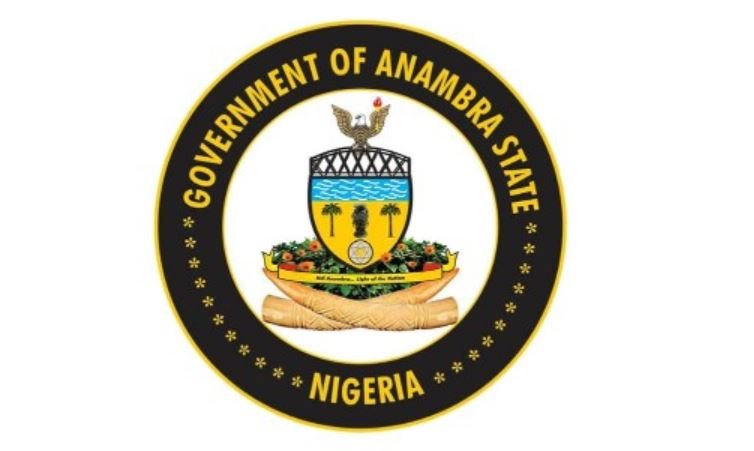Anambra State’s population projection in 2025 is estimated at 6,358,311, with a growth of about 6.8% since 2022, when the population was projected at 5,953,500. However, this increase is based on an annual growth rate of approximately 2.84%, pushed by urbanization and migration into the state.
READ ALSO: Facts About Akwa Ibom State Population (2025)
How Has Anambra State’s Population Changed Over The Years?
In 1991, during the national census, the population of Anambra was recorded at 2,796,475. This was one of the first times structured population data was collected on a large scale in Nigeria.
By 2006, the population had grown to 4,177,828. This increase over 15 years showed rapid urbanization and improvements in living conditions, which attracted more people to the state. By 2015, the population was estimated to be about 5,084,195.
During this time, cities like Onitsha and Nnewi became important urban centers, boosting growth in the region. In 2022, the population was estimated at 5,953,500.
Though the growth was steady, the numbers highlighted how urbanization continued to drive people into the state, especially into cities like Onitsha, Awka, and Nnewi.
The current estimates for 2025 suggest that Anambra’s population will grow to reach around 6,358,311, with a 6.8% increase since 2022. Urbanization is a major reason, with over 60% of the population now living in urban areas.
Migration has also played a part, as individuals from other regions move to Anambra for employment or education. Also, Anambra’s economy, which is strong in commerce and agriculture, has made the state an attractive place to live.
READ ALSO: Facts About Adamawa State Population (2025)
Anambra State Population By Local Government Area
| No | Local Government Area | Population Projection (2025) |
|---|---|---|
| 1 | Aguata | 309,075 |
| 2 | Anambra East | 163,292 |
| 3 | Anambra West | 179,600 |
| 4 | Anaocha | 304,265 |
| 5 | Awka North | 120,785 |
| 6 | Awka South | 203,258 |
| 7 | Ayamelum | 169,140 |
| 8 | Dunukofia | 103,423 |
| 9 | Ekwusigo | 169,413 |
| 10 | Idemili North | 460,117 |
| 11 | Idemili South | 219,321 |
| 12 | Ihiala | 322,657 |
| 13 | Njikoka | 157,868 |
| 14 | Nnewi North | 164,958 |
| 15 | Nnewi South | 248,073 |
| 16 | Ogbaru | 238,211 |
| 17 | Onitsha North | 134,375 |
| 18 | Onitsha South | 145,084 |
| 19 | Orumba North | 183,479 |
| 20 | Orumba South | 195,711 |
| 21 | Oyi | 178,666 |
The Demographics Of Anambra State In 2025
Age Distribution
| Age Group | Percentage | Population Estimate |
|---|---|---|
| 0-14 years | 40% | 2,543,324 |
| 15-24 years | 20% | 1,271,662 |
| 25-54 years | 30% | 1,907,493 |
| 55 years and above | 10% | 635,831 |
Gender
The gender ratio in Anambra State is typically close to the national average of approximately 50:50.
| Age Group | Percentage | Population Estimate |
|---|---|---|
| 0-14 years | 40% | 2,543,324 |
| 15-24 years | 20% | 1,271,662 |
| 25-54 years | 30% | 1,907,493 |
| 55 years and above | 10% | 635,831 |
READ ALSO: Facts About Abia StatePopulation (2025)
Ethnicity
Anambra State is predominantly inhabited by the Igbo ethnic group. Other ethnic groups are present but in smaller numbers.
| Ethnicity | Percentage | Population Estimate |
|---|---|---|
| Igbo | 98.5% | 6,293,745 |
| Other Ethnicities (Hausa-Fulani, Yoruba) | 1.5% | 64,566 |
Urban And Rural Area
Anambra is one of the most urbanized states in Nigeria with a notable percentage of its population living in urban areas.
| Area | Percentage | Population Estimate |
|---|---|---|
| Urban | 62% | 3,940,146 |
| Rural | 38% | 2,418,165 |

